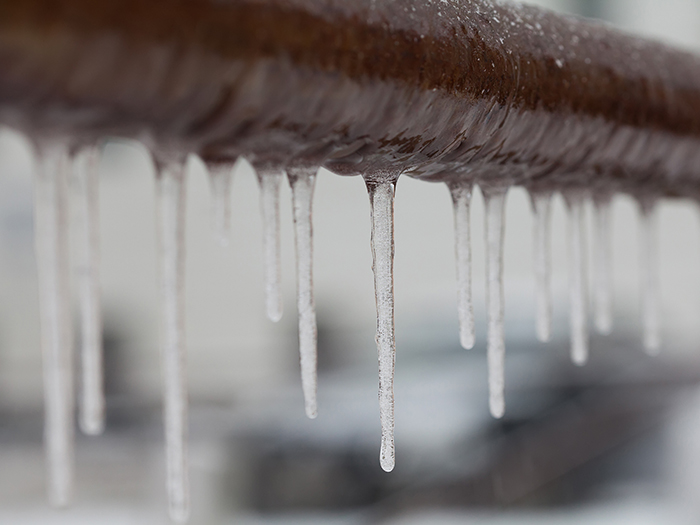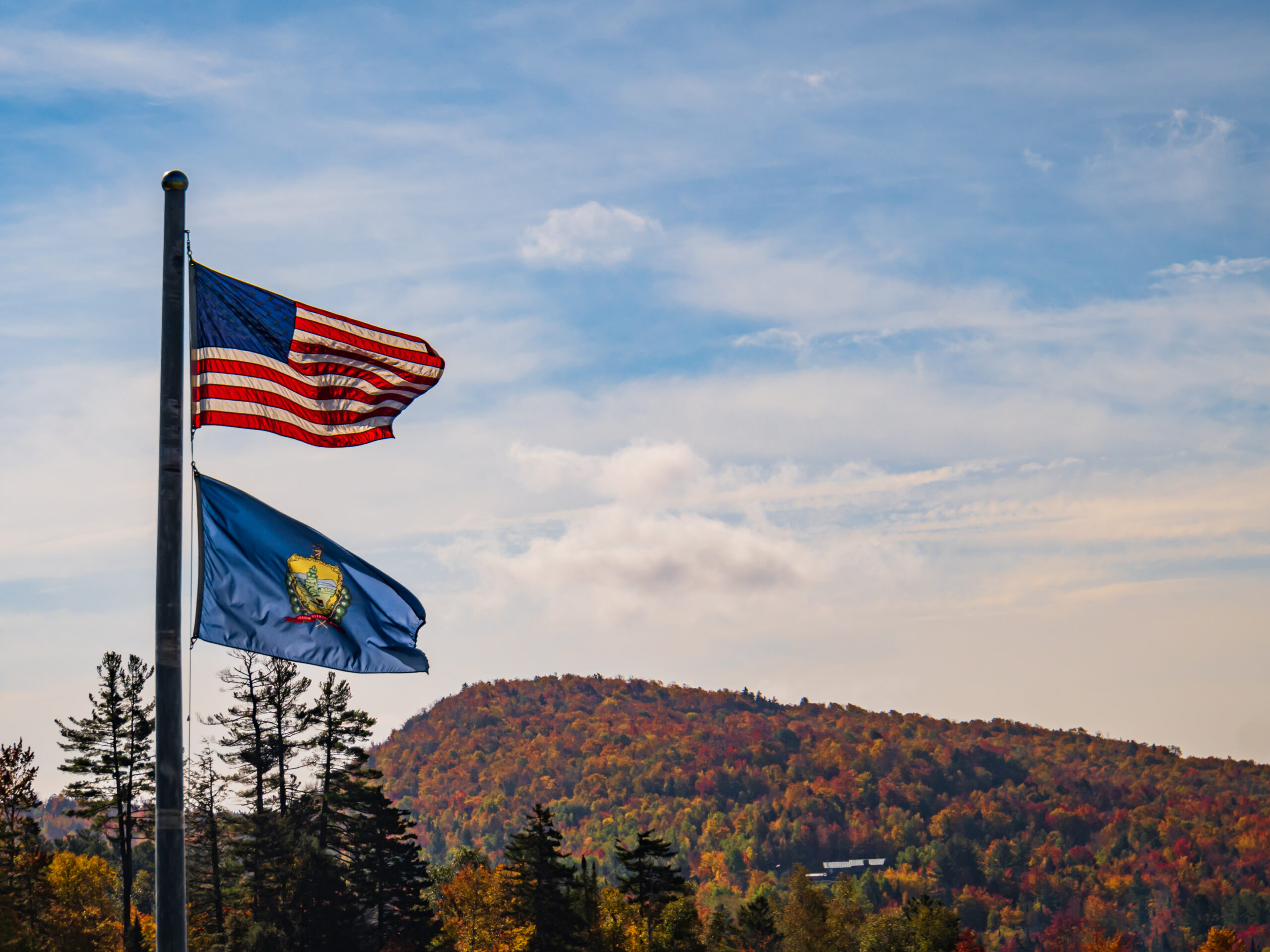Sponsored: Philadelphia Insurance Companies
We Studied 433 Burst Pipe Claims. Here’s What You Need to Know Before Winter Arrives.

Winter is coming. For most of the country, that means freezing temperatures, snow, ice and all of the property risks that come with them.
“From 1996 to 2016, average losses for winter storms were about $1.5 billion per year for the insurance industry. The most expensive year for insured losses was 2015, at $3.5 billion,” said Peter Kim, AVP, Risk Management Services, Philadelphia Insurance Companies.
As recently as 2014, all 50 states were affected by freezing temperatures. Even if there is no snow, sleet or ice, freezing temperatures can be enough to cause damage from the inside out if pipes freeze and burst. At best, a burst pipe results in water damage to floors and carpeting. At worse, it can require a total building overhaul.
“Our average loss related to frozen pipes is $27,000, but our most expensive claim was $1.7 million,” Kim said. “People tend to get complacent about winter storms, but they can be extremely damaging. There’s very little awareness of the significance of the loss potential.”
Philadelphia studied 433 burst pipe claims to look for common risk factors and cost drivers. Here’s what risk managers need to know:
Building Characteristics Matter

Peter Kim, AVP, Risk Management Services, Philadelphia Insurance Companies
The size and age of a building impact its vulnerability to freezing pipes, as does the design and layout of the plumbing system.
Unheated attics were the most common cause of burst pipes. “Many people don’t realize there’s plumbing there, so they don’t think they need to heat that space or install insulation,” Kim said. The same goes for pipes in concealed spaces between interior and exterior walls.
Sprinkler systems also increase loss potential. Philadelphia’s claims were split 51/49 between sprinkler and domestic water pipe losses, and sprinkler claims were 33 percent more expensive.
“The water is coming down from overhead, affecting a larger area, whereas with domestic pipes, there’s not a direct outflow onto the items and materials below the leak. Sprinkler pipes are also larger – anywhere from one to eight inches in diameter — and have more forceful water flow,” Kim said.
Sprinkler pipe bursts are especially damaging in high-rise, multi-unit buildings. Water damage does not stay contained to the floor where the pipe burst. Depending on the amount of water released, it can damage every unit below it.
“In our largest loss, a pipe in the fire sprinkler system burst on the top floor of a 19-story building, damaging the drywall, carpeting and lighting in about 200 units,” Kim said.
Age is another contributing factor. Claims from older buildings also tend to be more severe because they often require code updates during cleanup and repair process.
“We’re obligated to help the property owner bring the building up to date. We can’t just fix the pipe issue and move on,” Kim said. Renovations can be especially expensive if they include structural changes needed to improve accessibility and ensure compliance with the Americans with Disabilities Act.
This type of construction is what resulted in Philadelphia’s second-largest loss. “We had a fairly typical pipe burst in the attic of a building, but it was very old and needed multiple code updates, which ran up the cost significantly.”
Complications During Cleanup Drive Up Costs
Certain environments are more difficult to return to their pre-loss state. Factors like the presence of contaminants, specialized equipment, and the need to relocate building tenants can all complicate cleanup.
“Any contaminant encountered during remediation poses challenges and will make repair more expensive,” Kim said. Facilities like processing plants that regularly deal with waste will have to ensure that any water flow from a burst pipe does not carry the pollutants into the environment. Cleanup will require more care.
Repair of damaged walls and ceilings could also reveal asbestos in foam insulation or patching compounds, which requires removal and extra precautions taken for workers. Any building constructed before 1989, when the EPA banned most asbestos-containing products, could house the carcinogenic mineral.
The type of equipment inside a building also plays largely into the total cost of a claim.
Doctors’ offices, laboratories, food processing plants, electronics manufacturers, and any operation requiring a clean and sterile environment will have specialized equipment rendered unusable by pipe leakage, even if still mechanically operational.
“Similar to cleanup of contaminants, facilities that must have sterility will need a more intense level of sanitation and will have to be tested to ensure the environment is clean enough for their operation,” Kim said. “This takes more time and more resources.”
Impaired infrastructure like elevators are also expensive in their own right to repair or replace, but they drive up costs further by necessitating displacement of tenants. “With a broken elevator, anyone living or working above the second or third floor will need alternative arrangements,” Kim said.
Risk Mitigation Steps to Take Now
Despite the loss potential, many people don’t regard winter storms as a severe a risk as a hurricane or fire, and thus devote insufficient resources to freeze prevention. But “there is no excuse not to prepare because, unlike a hurricane or fire, you know exactly when to expect temperatures to drop,” Kim said.
The risk management services group at Philadelphia Insurance provides several winter weather resources, including recommendations for temperature, water flow and leak sensing devices that alert risk managers to a potential problem and can automatically shut off water supply.
Simple leak sensors cost as little as $50, while water flow detection and shut-off systems top out around $2,000. “These are relatively inexpensive and easy steps every organization can take that make a critical difference in preventing pipe freeze losses,” Kim said.
The group also developed a 4-step checklist — dubbed the HEAT plan — to help property owners and risk managers identify and manage exposures. Its key directives are: adding heat and insulation to cold and drafty areas, examining pipes and buildings to make repairs, alleviating pressure on pipes, and using available technology to warn and prevent damage from pipe bursts.
“Eighty percent of our field consultants’ focus is on risk improvement,” Kim said. “We want to know what concerns you and how we can help your organization meet its safety risk management goals.”
To learn more about Philadelphia Insurance’s winter weather resources, visit https://www.phly.com/HEAT.
This article was produced by the R&I Brand Studio, a unit of the advertising department of Risk & Insurance, in collaboration with Philadelphia Insurance Companies. The editorial staff of Risk & Insurance had no role in its preparation.










